Now that you have decided to do the Camino de Santiago, many questions are probably arising. One of them, perhaps the first, is whether you will be able to cover all the kilometers that lie ahead. Therefore, before starting this adventure, it is essential to be well-prepared. You don’t want to find yourself exhausted, in pain, or injured halfway through, do you? The key to a successful experience is good training for the Camino de Santiago. Let’s discover together how you can prepare for this unique journey.
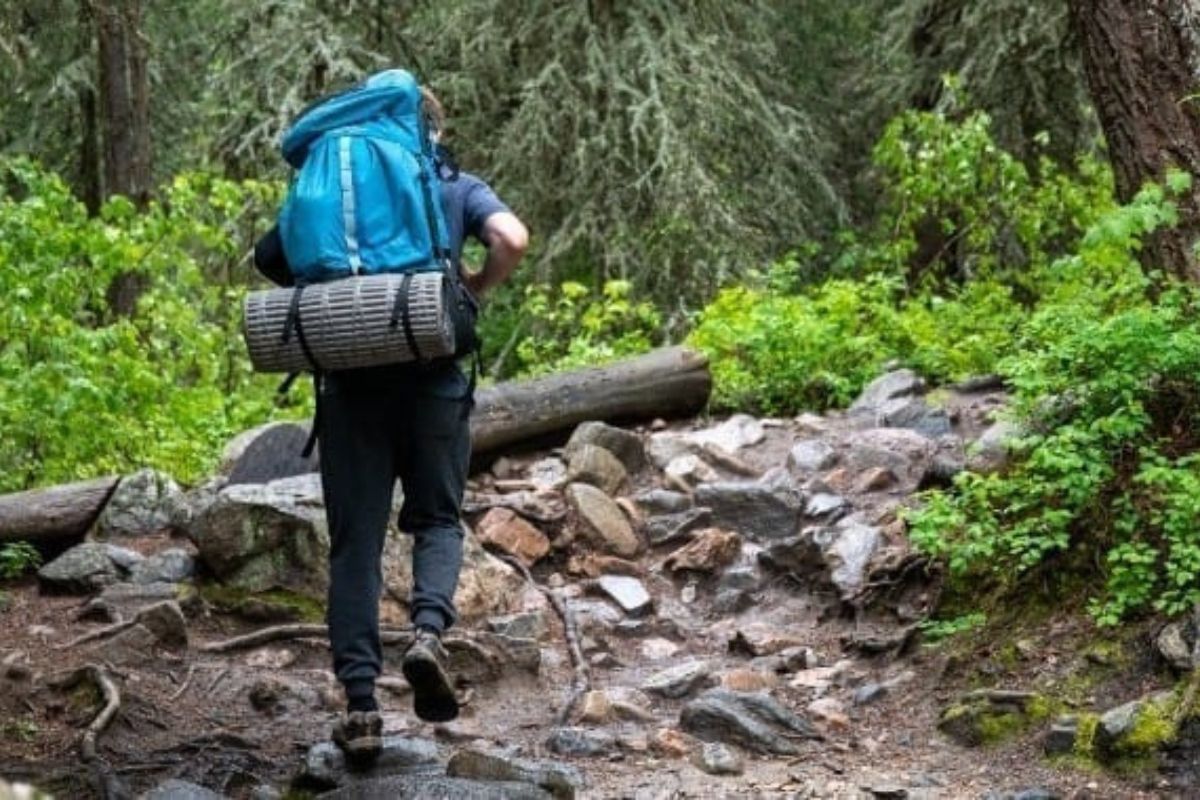
It is advisable to train a bit before doing the Camino de Santiago
First of all, we would like to reveal a secret: everyone can do the Camino de Santiago! As lovers of the Camino, after so many years and having met so many pilgrims, we know well that everyone manages to reach Santiago. From small children, elderly people, individuals with illnesses or special needs… there are no barriers to enjoying a Jacobean route.
How to start your training
With that said, let’s begin with the correct steps for adequate training to do the Camino de Santiago.
Evaluate your physical condition
The first step is to evaluate your current physical condition, which will allow you to know where to start and how to plan your training. You can do this by visiting a doctor for a general check-up, and if you have any pathology or illness, follow your doctor’s recommendations. The most important aspect to consider before starting your training for the Camino de Santiago is your health.
Once this is done, you can take a short walk and evaluate how you feel afterward. Are you tired? Do your muscles hurt? These responses will give you an idea of your fitness level.
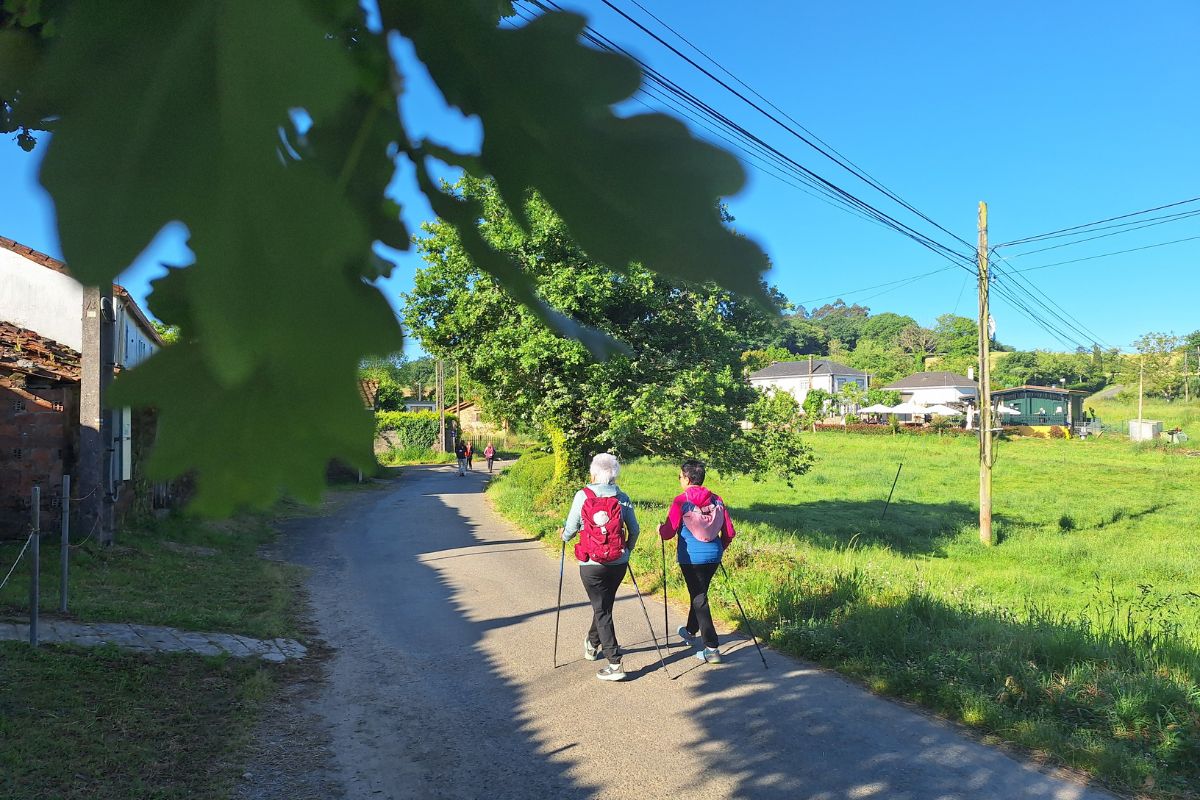
It is necessary to test yourself with short walks before doing the Camino
Setting realistic goals
Once you know your physical condition, it is time to set realistic goals. How many kilometers can you comfortably walk in a day? How much time do you have to train before your trip? It is important to be honest with yourself and set achievable goals. For example, if you can walk 5 kilometers without problems, you could set a goal to gradually increase that distance.
The time has come: create your exercise plan
With your physical condition evaluated and your goals clear, it’s time to create an exercise plan. This plan should include regular walks, strength exercises, and, of course, warm-up exercises for hiking. Variety in your training will help you improve your endurance and avoid injuries. It is advisable to start at least a month in advance, already using the footwear you will wear on the Camino.
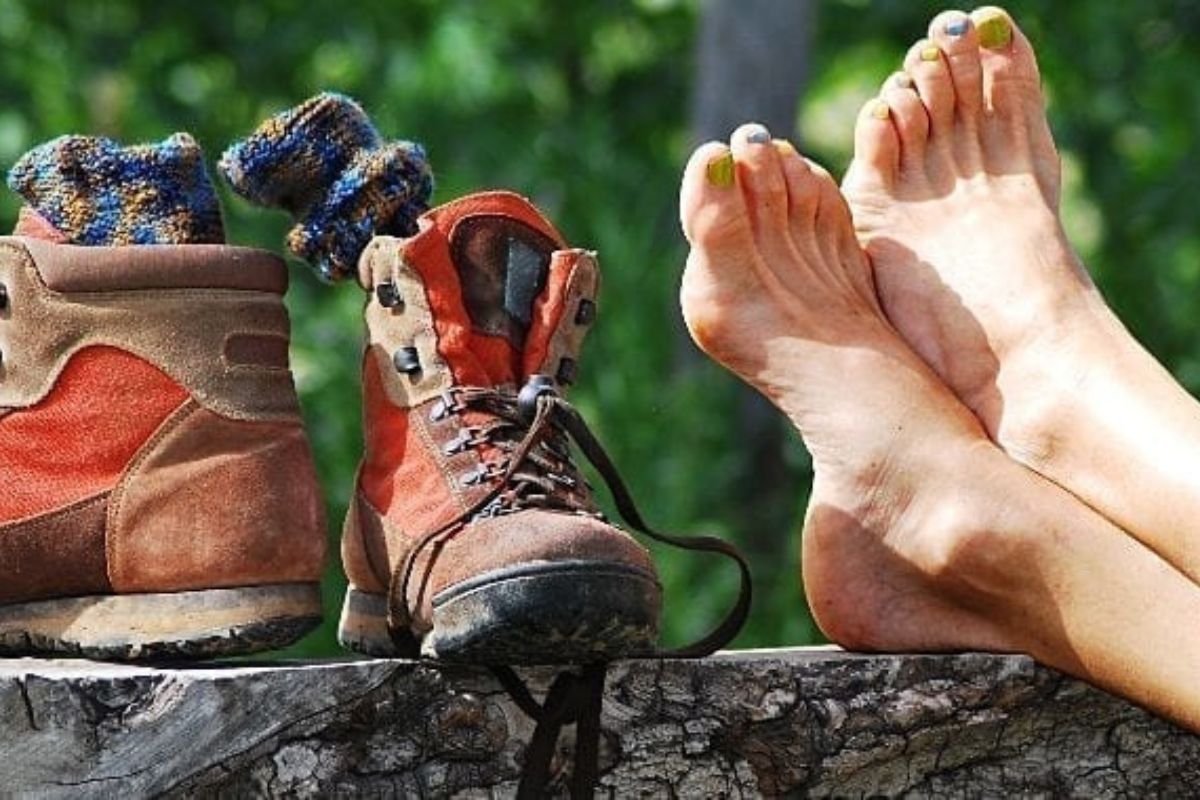
It is very important that your feet are accustomed to the footwear you use
You can start with short and regular walks, doing them at least three times a week. You can gradually increase the distance, change terrain, and even carry your backpack. You can even take advantage of a weekend to go out to the forest or mountains, where you can practice and walk with your poles.
You can also incorporate strength exercises such as squats and lunges. This will strengthen your muscles and give you more endurance, which you will notice in the long run while doing the Camino.
Before each exercise session, do warm-up exercises for hiking. This can include dynamic stretches and movements that prepare your muscles for effort.
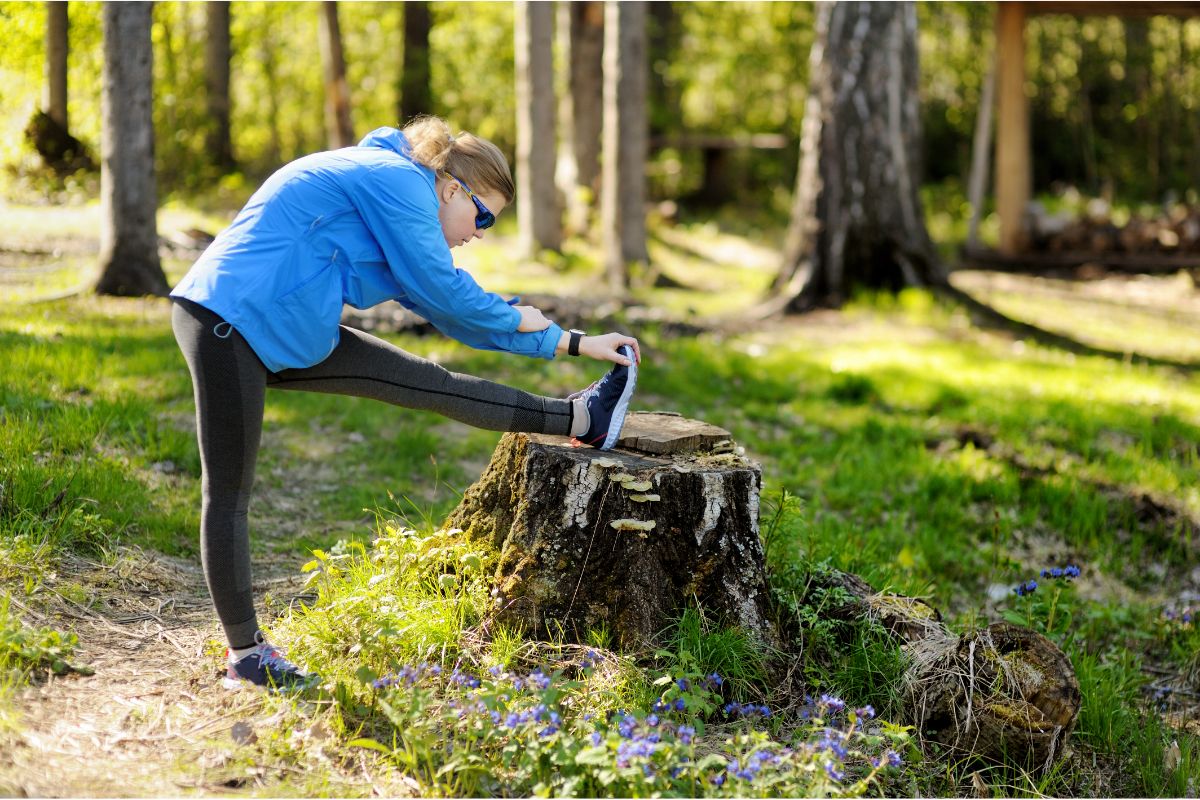
Stretching is key before, during, and after the Camino
Also, at the end, do stretching and general cooling down exercises to avoid possible muscle soreness. This will be the rule when it comes to the real thing, and during the Camino, you will also need to do these exercises.
The importance of nutrition during the Camino de Santiago
Nutrition is a fundamental pillar in your preparation and during the Camino. Eating well and staying adequately hydrated will give you the energy needed to walk long distances and recover properly.
- Hydration: drink enough water every day. Dehydration can cause fatigue and muscle cramps.
- Balanced diet: include a good amount of proteins, carbohydrates, and healthy fats in your diet. Fresh fruits and vegetables are also essential.
- Healthy snacks: carry nuts, energy bars, and fruits to maintain your energy levels during walks.
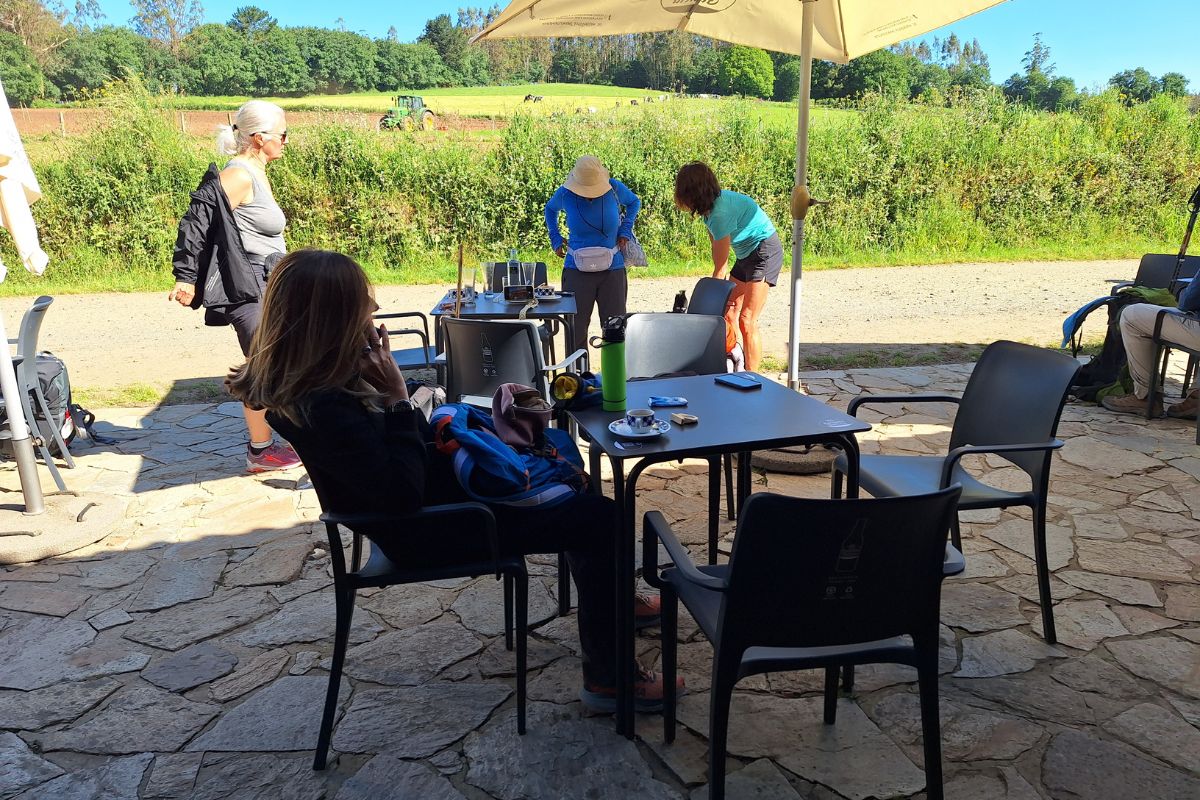
It is important to take breaks to rest, drink, and eat
Before starting the stage: do your warm-up exercises
Warming up is very important before starting each stage of the Camino de Santiago, as well as for any physical exercise. Doing warm-up exercises for hiking prepares your muscles and joints, preventing injuries. Here are some simple exercises you can do:
- Leg stretches: stretch your quadriceps, hamstrings, and calves.
- Joint mobility: make circular movements with your ankles and hips.
- March on the spot: walk in place, lifting your knees to increase your heart rate.
You will not only face stages averaging 25 km, but some also have demanding climbs and descents. You must have your muscles and joints prepared for this, as well as your mind.
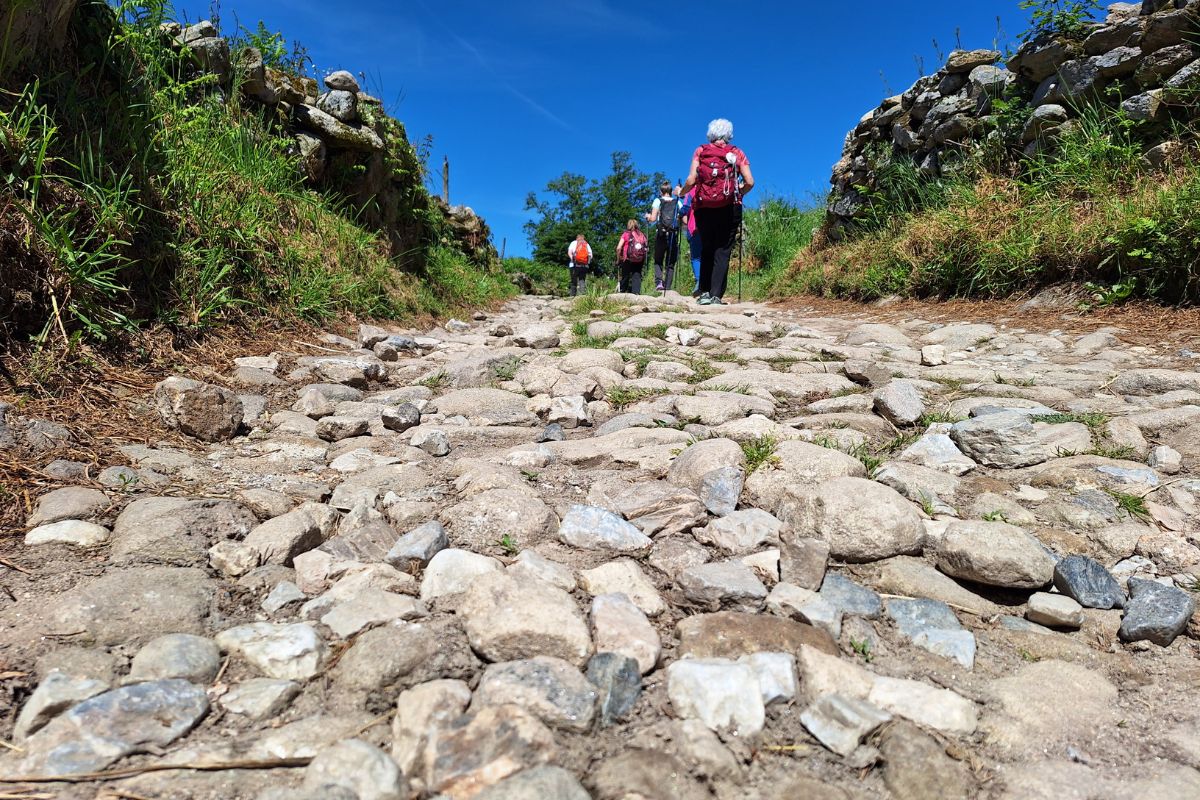
On the Camino, you will find interesting climbs and descents
Tips to keep in mind while doing the Camino
During the Camino de Santiago, it is important to keep in mind some practical tips that will help you enjoy the experience and stay fit.
- Plan your stages: decide which route to take and do not try to walk more kilometers than you can comfortably handle in a day.
- Choose your moment: decide when to do the Camino, based on your possibilities and preferences.
- Book accommodation: book accommodation in advance, which will give you peace of mind and allow you to focus on enjoying the Camino.
- Bring the right equipment: make sure you are well-equipped, with good hiking shoes, already used, and clothing suitable for the weather.
- Lightweight luggage: pack only the essentials, as a light bag will make the journey much more comfortable.
- Listen to your body: if you feel pain or are very tired, take a break. Do not push your body too hard and take care of your health.
- Inform your loved ones: keep regular communication with your family.
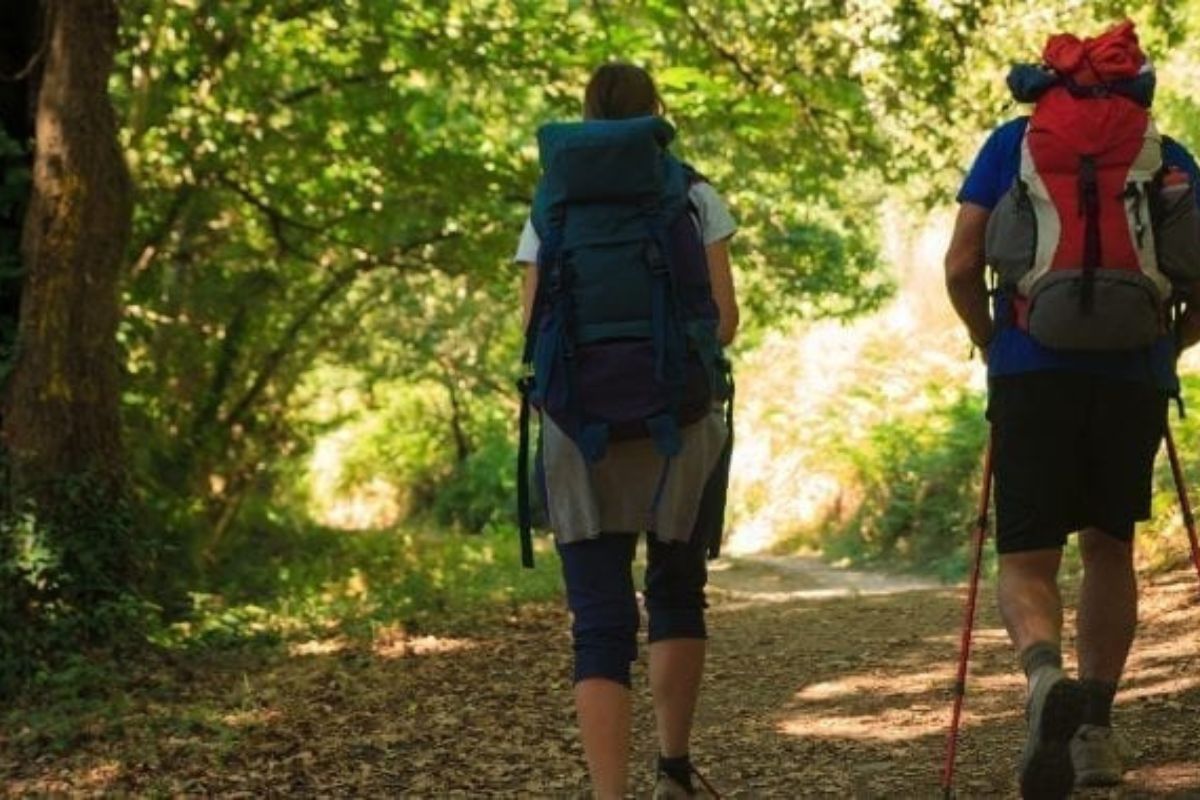
On the Camino, you will never be alone
The importance of doing your organized Camino de Santiago
Planning and organizing your Camino de Santiago can make a big difference in your experience, avoiding a mistake that many, especially beginners, make. Prior training is essential, as is the logistical organization of your entire experience. Fortunately, we can help you organize your Camino: accommodations, luggage transport, and other details can be facilitated by us.
Remember, the Camino de Santiago is more than a physical challenge; it is a spiritual and emotional experience. Training properly and following these tips will help you fully enjoy this adventure. Happy training and buen Camino!

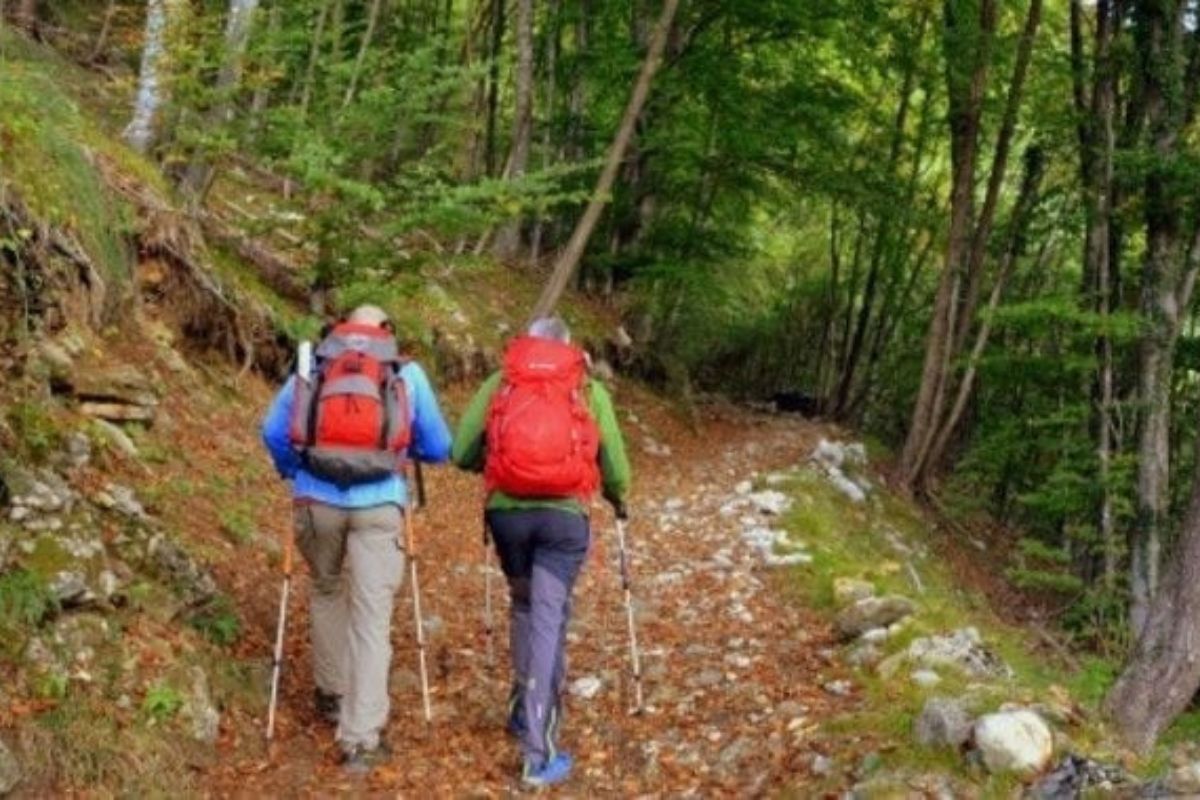










Leave A Comment